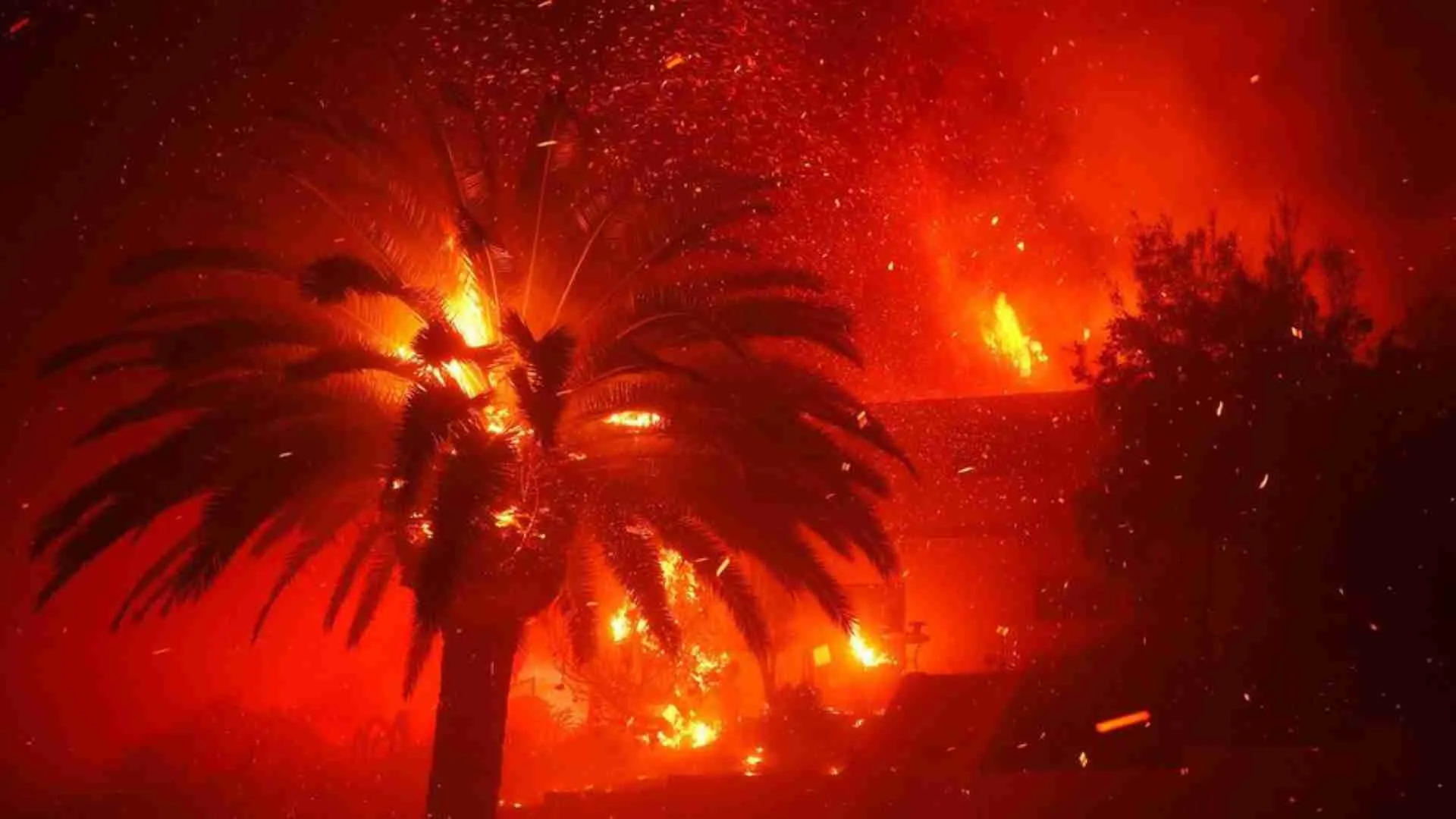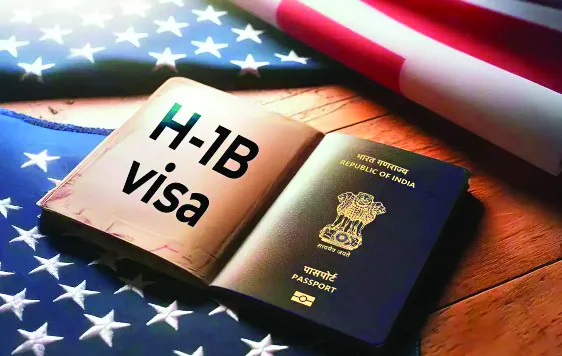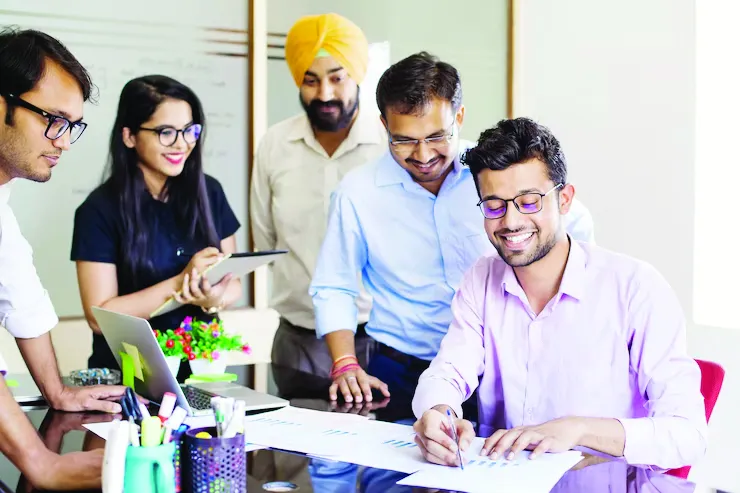The beautifully sculpted Kakatiyan temples seen in Telengana are predominantly dedicated to Shiva, and they generally follow the Ekakuta, Trikuta, or Panchakuta plan. The sculptural art on the temple walls of this time gives us an idea of the socio-religious atmosphere of that era. A favourite theme in Kakatiyan temple sculptures were stories from various epics, such as the Mahabharata, Ramayana, Bhagavat Gita, and the Puranas. The artisans would take inspiration from these texts and transfer their imaginations onto stone sculptures on temple walls and panels, making it easily available for the viewing and understanding of the common people. The Andhradesa society during the Kakatiya era also saw some religious movements associated with Jainism, Buddhism, Shaivism and Vaishnavism.
Sri Someswara temple in Kolanupaka
This Shiva temple is situated around 82 km from Warangal and located near Kulpak ji, a famous Jain temple. Someswara temple is also known as Veyi Lingala gudi, meaning the temple of the thousand lingas. Adorned with beautiful carvings and sculptures the temple is believed to have been originally built in Chalukyan style. Various inscriptions found here place the temple at around 1070-1126 CE which is derived from the different narrations found on these inscriptions that give a detailed account of how the Chalukyan kings patronised the temple by donating land, gold, cows, etc. The temple, as it stands now, however shows a great deal of Kakatiyan workmanship too, possibly owing to the later additions/modifications/renovations made by them, as evident from the typical Kakatiyan era mandapa pillars that show square blocks with circular discs in many parts. The huge entrance gate is also built in the Kakatiyan style. The main deity of the temple is Bhagwan Shiva in the form of Swayambu or Someshwara Swamy, and his consort is Shakti or Devi Chandika. There is a huge Saharsalinga inside one of the temple sanctums, which gives it the name of Veyi Lingala gudi. It is also believed that this is the birth place of ‘Renukacharya’, the great ‘Veera Saiva’ saint, who was born from the ‘Swayambu Linga’ found in this village, and was later absorbed into it after he finished preaching Veera Saivam. A statue of Renukacharya is present in the sanctum along with the Swayambu Linga. In front of the temple there is a four pillared nandi mandapa with a Kakatiyan nandi sitting inside.
The temple complex also houses an Archaeological Museum in the front pillared corridor area, and this museum gallery holds many wonderful sculptures ranging from 10th to 14th c. CE that were found in this region.
This temple is a must visit archaeological site for heritage lovers in order to see the exquisitely carved sahasralinga and other murtis in the various sanctums inside and the small museum in front, while exploring the beautiful temple with its mixed Chalukyan and Kakatiyan architecture and art style.
















